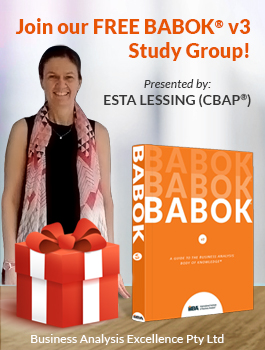In this video I explore whether using ChatGPT in our work as Business Analysts is cheating or acceptable, or perhaps something else. This is something that’s probably crossed your mind: Is using tools like ChatGPT in our line of work a no-go? It’s a hot topic, so let’s dive in and see what’s what.
A COMPANY’S RULE BOOK
First things first – the rules. We all know that different companies have different playbooks. If your workplace is cool with AI tools, you’re good to go. But if there’s a big red line drawn there, it’s best not to cross it. It’s all about playing by the rules, right?
VALIDATION: NOT JUST A FANCY WORD
Now, let’s talk about using our heads. Sure, ChatGPT can spit out answers faster than you can type ‘Business Analysis’ on Google, but it’s on us to make sure what it says actually makes sense. Just blindly copying and pasting? That’s a rookie move and can make you look bad. Always double-check and sprinkle your own BA magic on it.
CHATGPT: PRACTICAL WAYS IT HELPS US
ChatGPT can be a valuable asset when used thoughtfully. Here are a few areas where it can support our work effectively:
-
In Research: It can serve as a starting point for gathering initial insights on various topics.
-
Elicitation Assistance: ChatGPT can help draft a preliminary set of requirements elicitation questions, which should then be customised and validated to fit the specific project.
-
User Stories and Acceptance Criteria: It can aid in creating a basic structure for user stories and acceptance criteria, which then need to be refined and tailored to the project’s unique demands.
CONCLUSION
In conclusion, using ChatGPT at work isn’t inherently ‘ cheating .’ It’s about how you use it. Ensuring adherence to your company’s policy, validating results for accuracy, and tailoring outputs to your specific work scenarios are key. Used wisely, ChatGPT can be a significant asset in a Business Analyst’s toolkit, enhancing efficiency while complementing our expertise.
Learn more about our Business Analysis training programs here.




